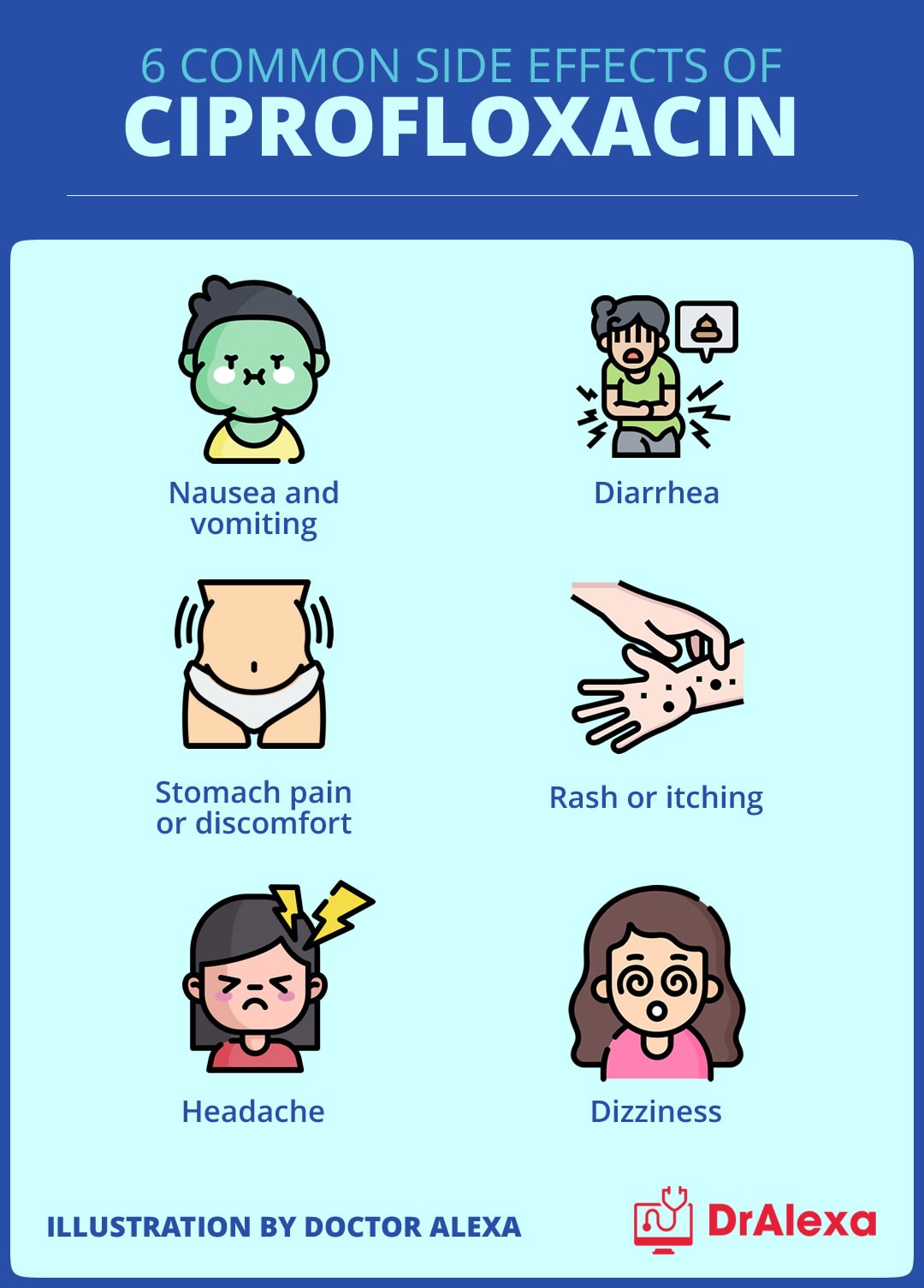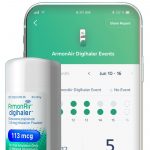
Contents
Amoxicillin vs. Cipro
Amoxicillin is a penicillin-type antibiotic, in the same class as ampicillin, piperacillin, and ticarcillin. These antibiotics prevent bacteria from multiplying by stopping the formation of bacterial cell walls. Amoxicillin is effective against various bacteria such as H. influenzae, Streptococci, Pneumococci, N. gonorrhoea, E. coli, and some strains of Staphylococci. It is used to treat bacterial infections of the tonsils, throat, middle ear, larynx, lungs, bronchi, urinary tract, and skin, as well as gonorrhea.
Cipro (ciprofloxacin) is a fluoroquinolone antibiotic used to treat bacterial infections of the skin, lungs, bones, joints, and urinary tract. It is also effective against infectious diarrheas caused by E. coli, Campylobacter jejuni, and Shigella bacteria, as well as anthrax patients with fever and low white blood cell counts, typhoid fever, cervical and urethral gonorrhea due to Neisseria gonorrhoeae, chronic bacterial prostatitis, and acute uncomplicated cystitis. Cipro works by inhibiting the reproduction and repair of bacteria’s genetic material (DNA). Other fluoroquinolones include levofloxacin, ofloxacin, gatifloxacin, norfloxacin, moxifloxacin, and trovafloxacin.
Side Effects of Amoxicillin and Cipro
Amoxicillin Side Effects
Side effects of amoxicillin include:
Allergic reactions such as seizures, severe allergic reactions, and low platelet or red blood cell count.
Amoxicillin can cause overgrowth of bacteria such as Clostridium difficile in the colon, leading to inflammation (pseudomembranous colitis). Signs of pseudomembranous colitis include diarrhea, fever, abdominal pain, and shock.
Cipro Side Effects
WARNING
Cipro and other fluoroquinolone antibiotics have been associated with tendonitis and tendon rupture, especially in the Achilles tendon. It is recommended to discontinue vigorous exercise while taking fluoroquinolones.
Other common side effects of Cipro include:
Fluoroquinolones can worsen muscle weakness in individuals with myasthenia gravis.
Anaphylaxis, or shock, is a rare allergic reaction. Seek medical attention immediately if you experience symptoms such as cardiovascular collapse, facial or throat swelling, shortness of breath, hives, or itching.
Other serious side effects of Cipro include peripheral neuropathy, central nervous system effects, hyperglycemia, Clostridium difficile-associated diarrhea, abnormal heartbeats, liver dysfunction, stroke, convulsions, toxic epidermal necrolysis, Stevens-Johnson syndrome, vasculitis, allergic pneumonitis, interstitial nephritis, acute kidney failure, hepatitis, jaundice, liver failure, anemia, and leukopenia.
Cipro should be used with caution in patients with central nervous system diseases such as seizures and avoided in children and adolescents under 18 years old. It can also lead to cardiac arrest and respiratory failure.
Dosage of Amoxicillin vs. Cipro
Amoxicillin Dosage
- For most infections in adults, the dose of amoxicillin ranges from 250 mg to 875 mg every 8 or 12 hours, depending on the severity of the infection.
- For gonorrhea, a single dose of 3 g is prescribed.
- For children older than 3 months but under 40 kg, the dose is based on body weight and ranges from 25 to 45 mg/kg/day in divided doses every 8 or 12 hours.
Amoxicillin can be taken with or without food.
Cipro Dosage
- For most infections, the recommended oral dose for adults is 250-750 mg every 12 hours (immediate release tablets) or 500-1000 mg every 24 hours (extended release tablets).
- The usual intravenous dose is 200-400 mg every 8-12 hours.
Drug Interactions of Amoxicillin vs. Cipro
Amoxicillin Drug Interactions
Amoxicillin has few important drug interactions.
Cipro Drug Interactions
- Theophylline blood levels can become toxic when taken together with ciprofloxacin. Frequent monitoring of theophylline levels is recommended.
- Tizanidine, a muscle spasticity medication, should not be combined with ciprofloxacin.
- Iron salts and antacids can reduce the absorption of ciprofloxacin. They should be taken two hours before or six hours after ciprofloxacin.
- Ciprofloxacin may increase the blood thinning effect of warfarin. Anticoagulant activity should be monitored.
- Sevelamer, milk, orange juice, and diabetic medications can affect the absorption or effectiveness of ciprofloxacin.
- Ciprofloxacin may increase blood concentrations of sildenafil, used for erectile dysfunction.
- Cipro can cause sensitivity of the skin to sunlight and should be avoided in combination with sulfonylureas in patients with low blood glucose levels or myasthenia gravis.
Safety of Amoxicillin and Cipro during Pregnancy or Breastfeeding
Amoxicillin
- Penicillins are generally safe for pregnant women without penicillin allergies.
- Amoxicillin may be excreted in breast milk in small amounts, but it is generally considered safe to use while breastfeeding.
Cipro
It is not recommended to use ciprofloxacin while pregnant or breastfeeding due to unknown safety.
By clicking Submit, I agree to the MedicineNet’s Terms & Conditions & Privacy Policy and understand that I may opt out of MedicineNet’s subscriptions at any time.
Summary
Amoxicillin and Cipro are antibiotics used to treat bacterial infections. Amoxicillin is effective against various infections, while Cipro is used for skin, lung, urinary tract infections, and gonorrhea. Both antibiotics have potential side effects and drug interactions. Amoxicillin is considered safe for pregnant women and breastfeeding mothers, but caution is advised with Cipro. Consult with your healthcare provider for accurate dosages and information.


